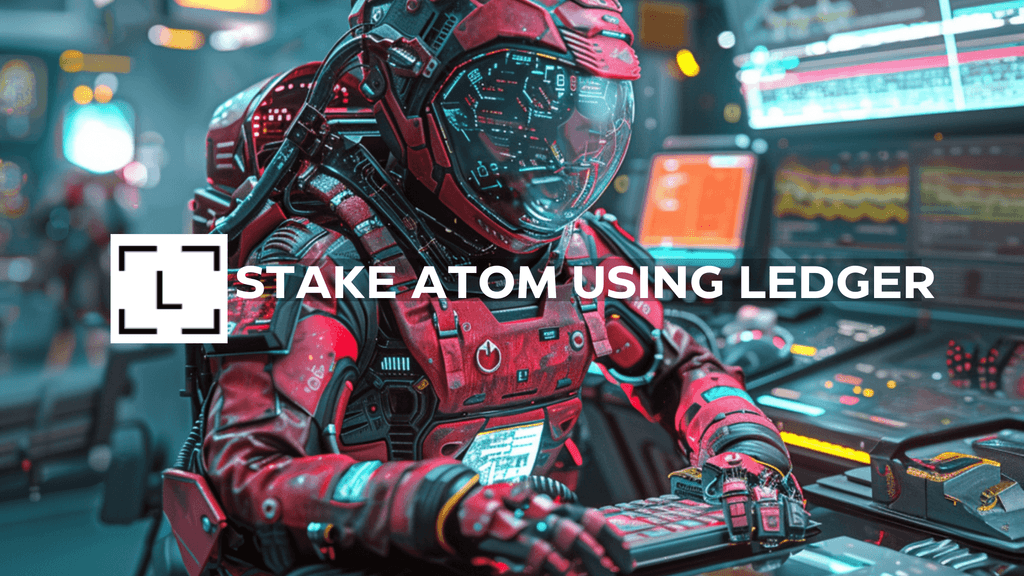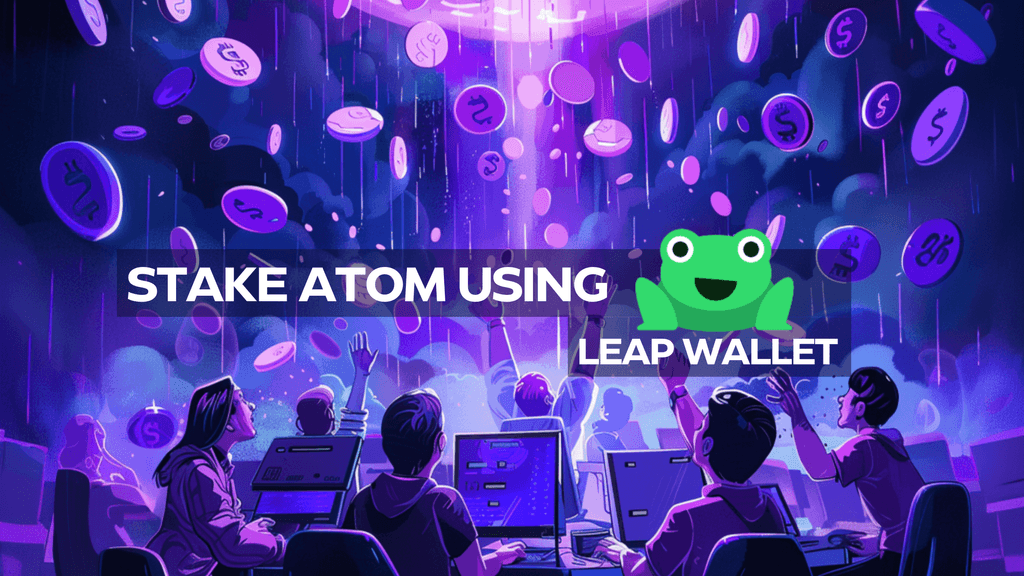USDC’s Quantum Leap: Expanding Horizons Across New Blockchains
The New Frontier: Six Blockchains Join the USDC Ecosystem
In a move that could be likened to the Space Race of the 1960s, Circle’s USDC is boldly going where no stablecoin has gone before—expanding to & natively integrating with six new, major blockchains. The list reads like a who’s who of blockchain technology: Polygon PoS, Base, Polkadot, NEAR, Optimism, and Cosmos. This isn’t just a technological feat; it’s a statement. Circle is essentially saying, “We’re not just an Ethereum token; we’re a universal token.”
The expansion is a strategic maneuver, especially in the wake of Circle and Coinbase parting ways with the Centre Consortium, the governing body that had been the stablecoin’s steward. This move is akin to a tech company saying, “We don’t just make software; we’re shaping the future of computing.” It’s a pivot from being a one-trick pony to becoming a multi-faceted gem in the blockchain space. The integration with these new blockchains is expected to increase USDC’s utility, making it more versatile for decentralized finance (DeFi), NFT marketplaces, and beyond.
The Coinbase Connection: A Financial Powerhouse Backs Circle
Coinbase, the cryptocurrency exchange behemoth, has acquired a minority stake in Circle. The investment comes at a crucial time when Circle is expanding its USDC stablecoin to new blockchains.
Coinbase’s investment is a strategic move that aims to strengthen the stablecoin space, especially when regulatory scrutiny is at an all-time high. The dissolution of the Centre Consortium, a joint venture between Circle and Coinbase, signifies a new era where both companies are looking to assert their individual identities while still collaborating on shared goals. This investment could serve as a catalyst for further innovation and adoption of USDC, making it a formidable competitor to other stablecoins like Tether (USDT).
The Paradox: USDC’s Market Cap Takes a Hit
The Four Horsemen of USDC’s Apocalypse
Despite its ambitious expansion plans, USDC has hit a snag. Its market cap has plummeted to a two-year low, hovering just under $26 billion. It’s like watching a rocket launch only to see it falter mid-air. Four key factors are contributing to this decline:
- A depegging event earlier this year, which was a financial fiasco that trapped $3 billion of Circle’s assets.
- Rising interest rates, making traditional financial instruments more attractive.
- A complex issuance model that makes it harder to burn USDC compared to its competitors.
- A shift in usage patterns, where USDC is primarily used as a reserve in DeFi platforms, while Tether is used as collateral in perpetual trading.
It’s a conundrum that Circle needs to solve if it wants to remain a key player in the stablecoin arena. The company is already taking steps to address these issues, including partnerships and technological upgrades, but the clock is ticking.
Thought-Provoking Questions and Insights
- Strategic Expansion: How will the expansion to six new blockchains impact USDC’s market share and acceptance rate?
- Market Cap Decline: Given the decline in USDC’s market cap, what strategies could Circle employ to regain its position?
- Coinbase’s Role: How does Coinbase’s investment in Circle and the dissolution of the Centre Consortium affect the future of USDC?
So, as we stand at the crossroads of USDC’s future, one can’t help but wonder: Will Circle’s stablecoin become the universal currency it aims to be, or will it become a cautionary tale in the annals of crypto history? Only time will tell.






